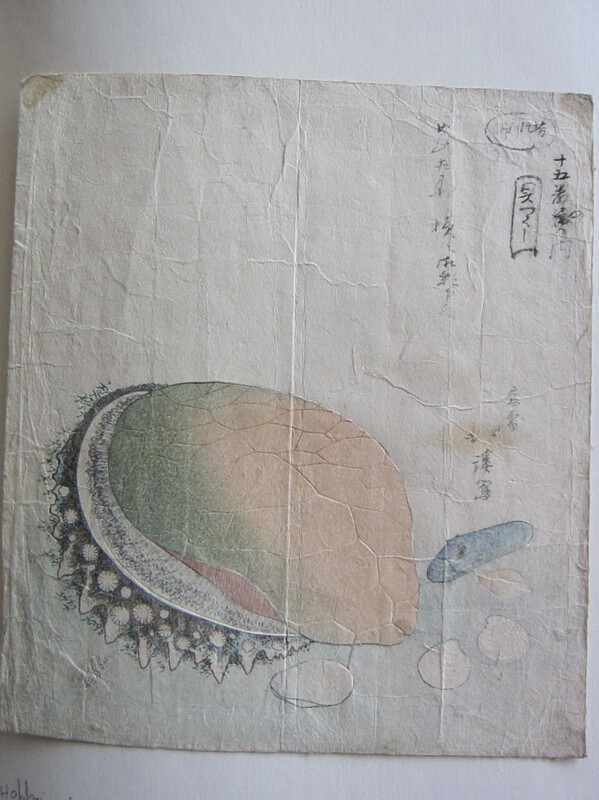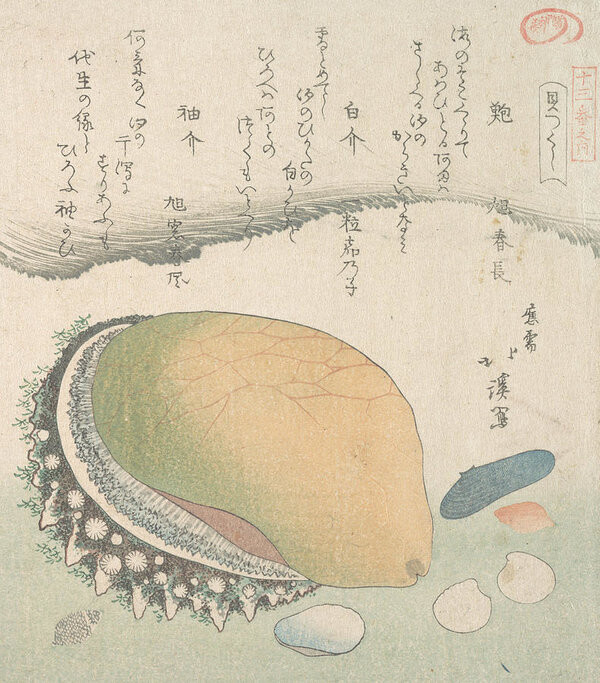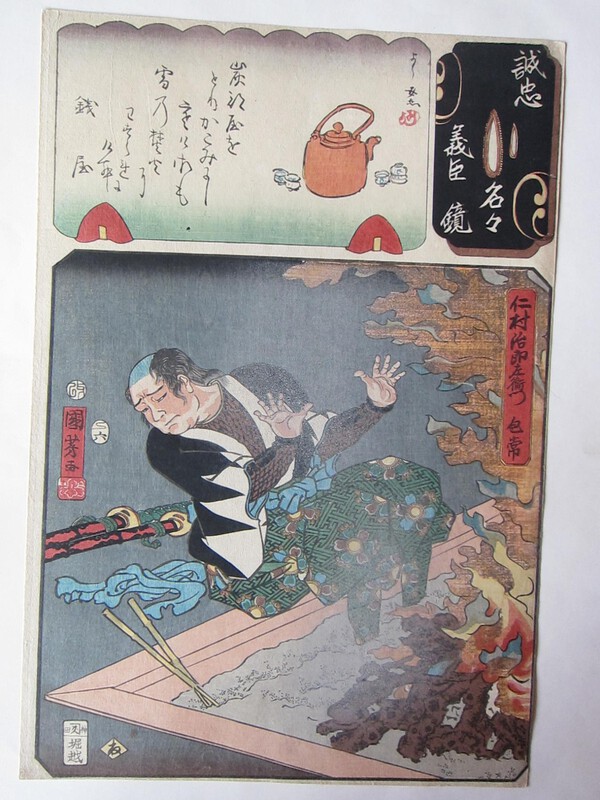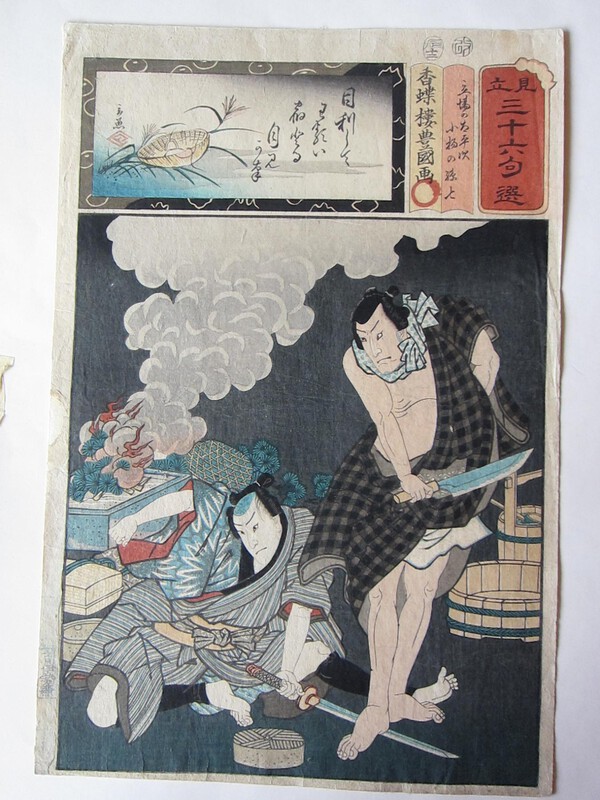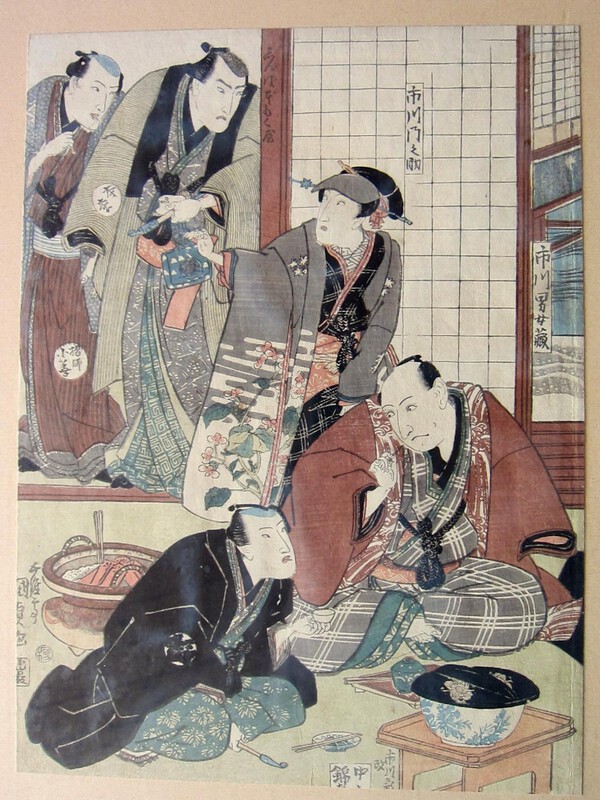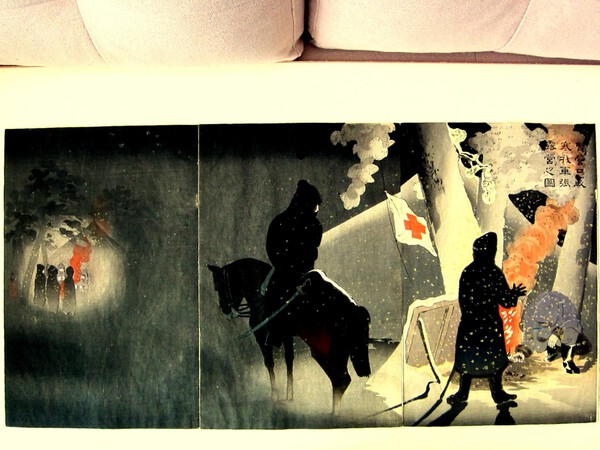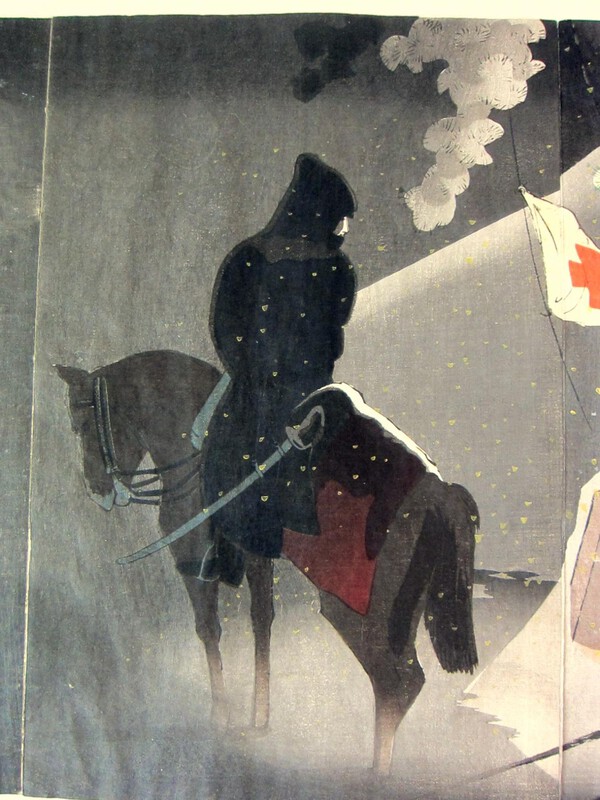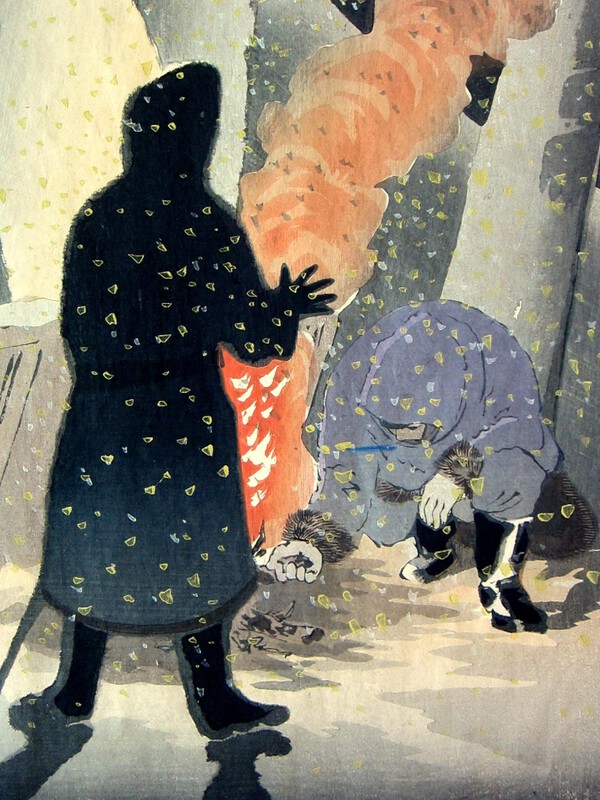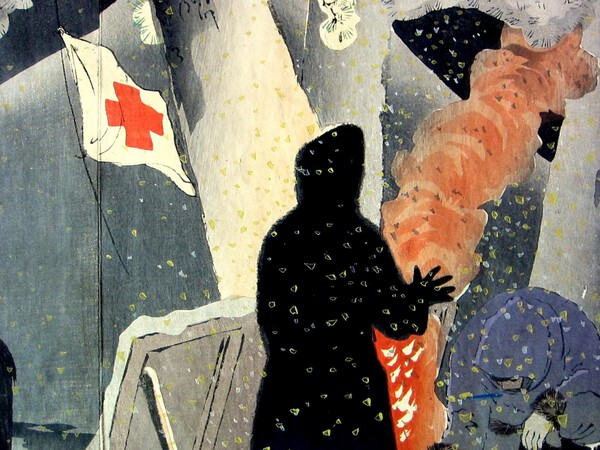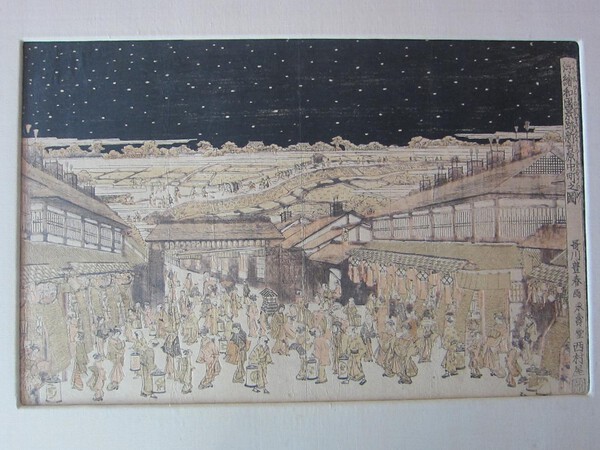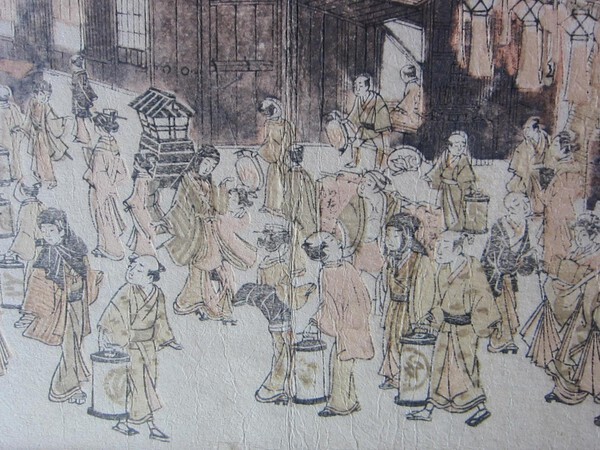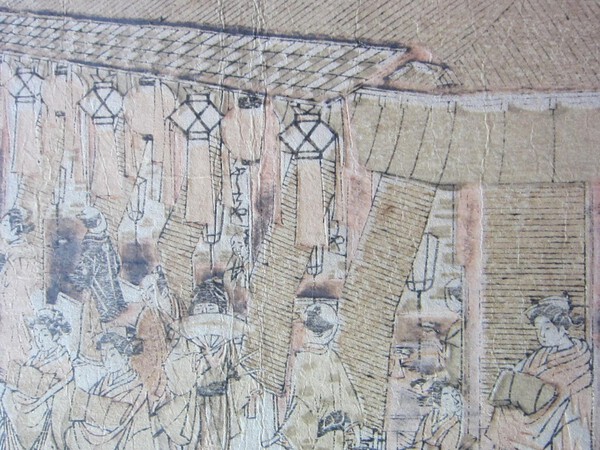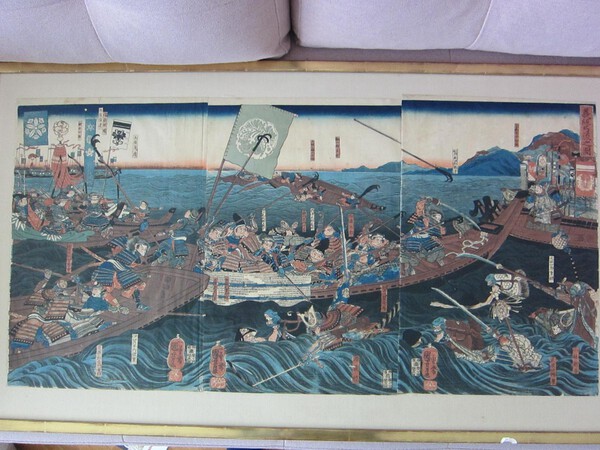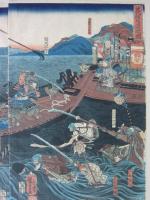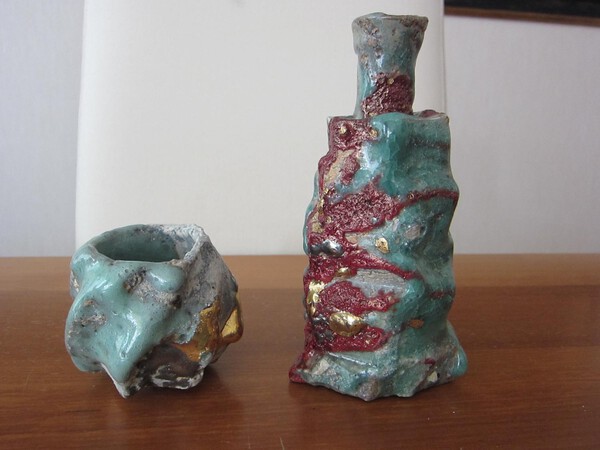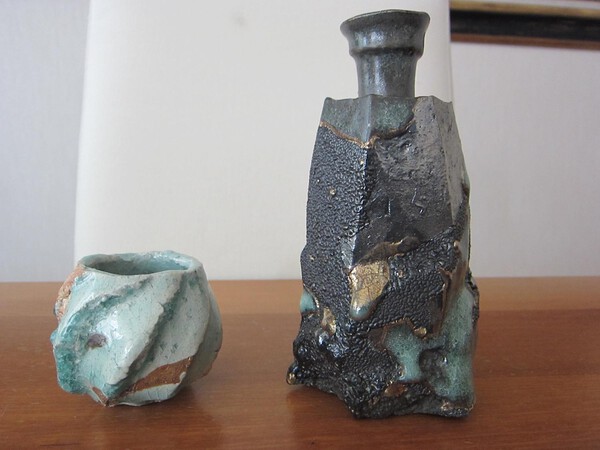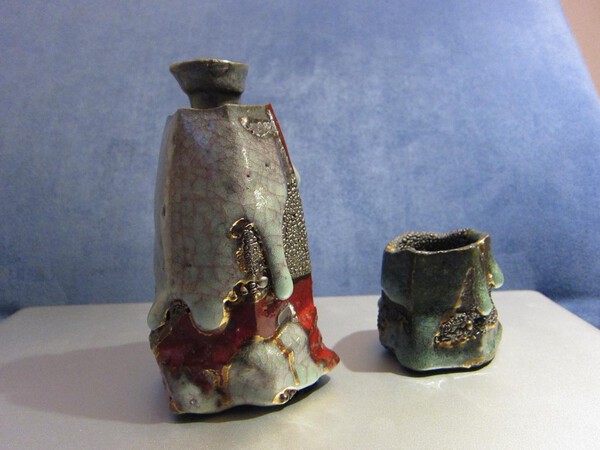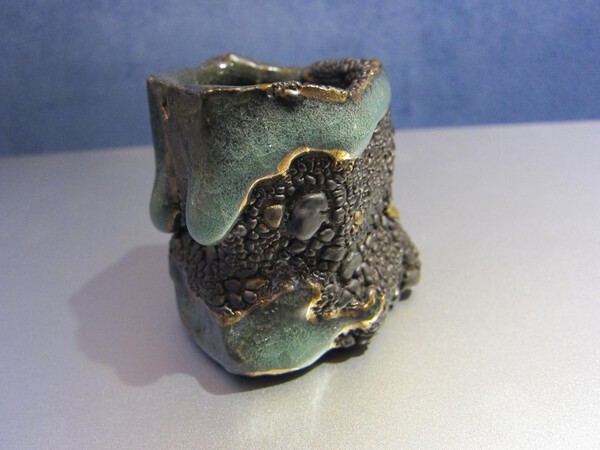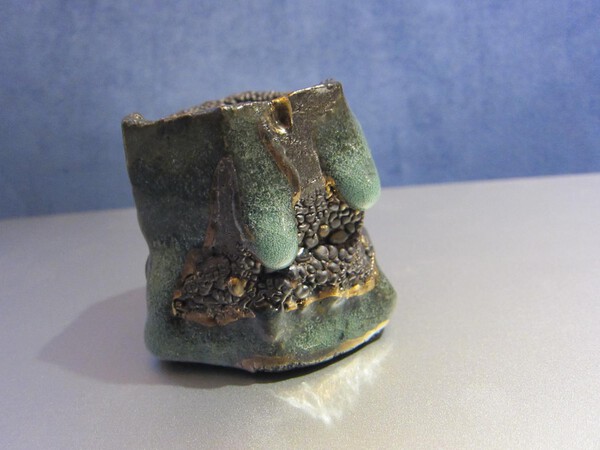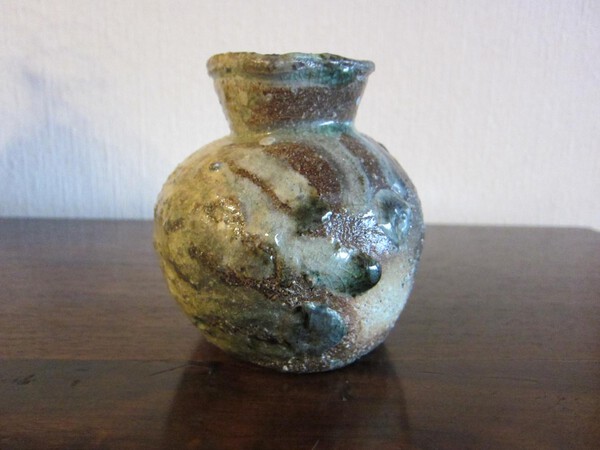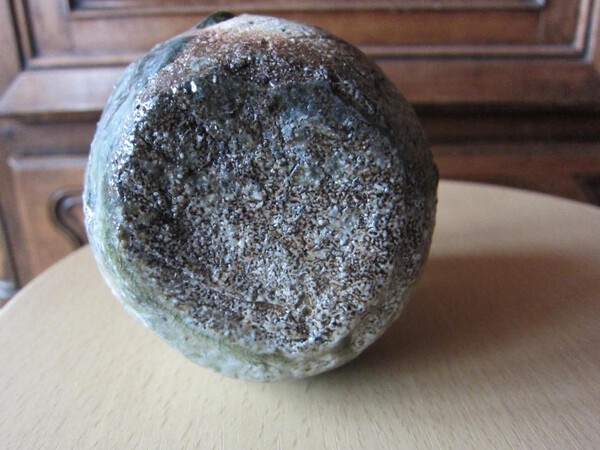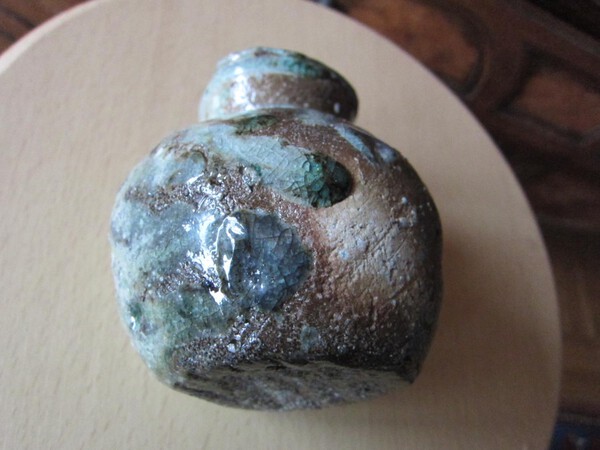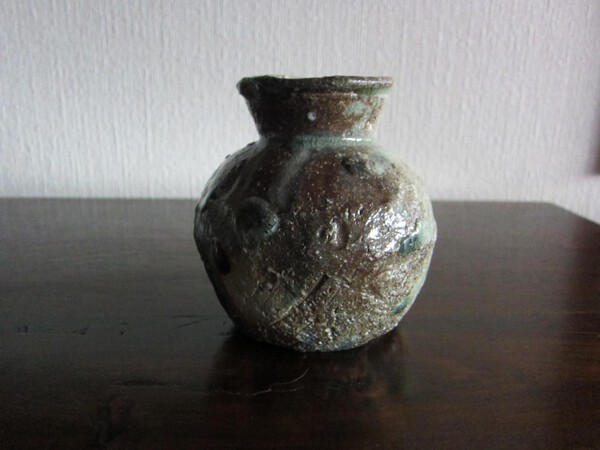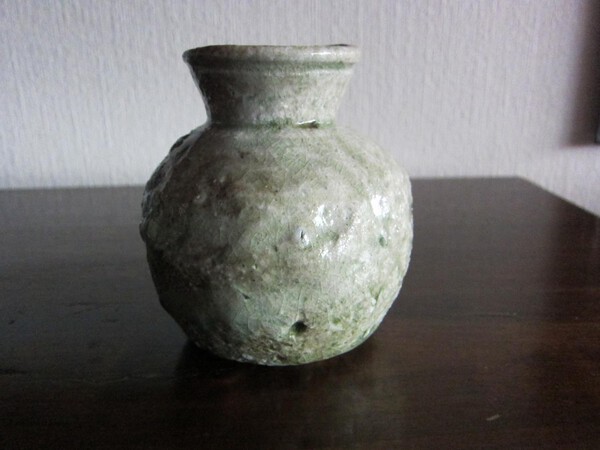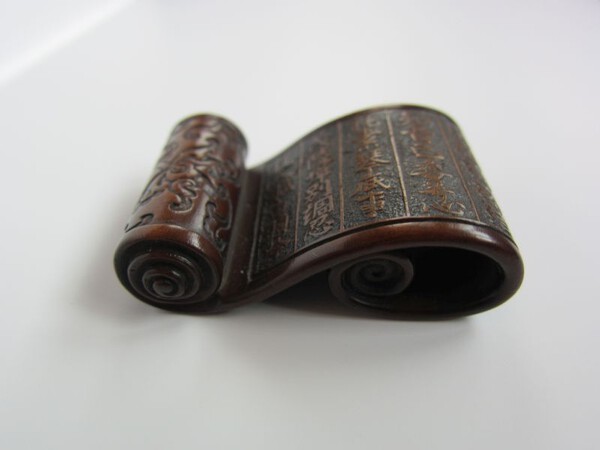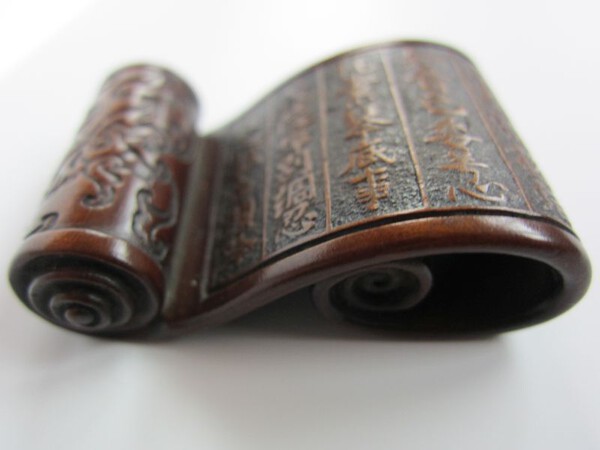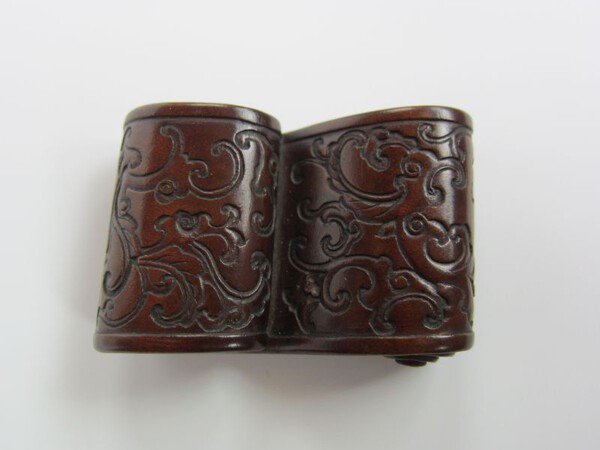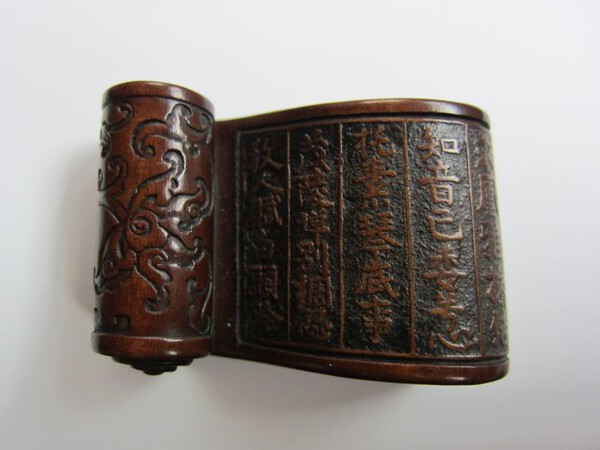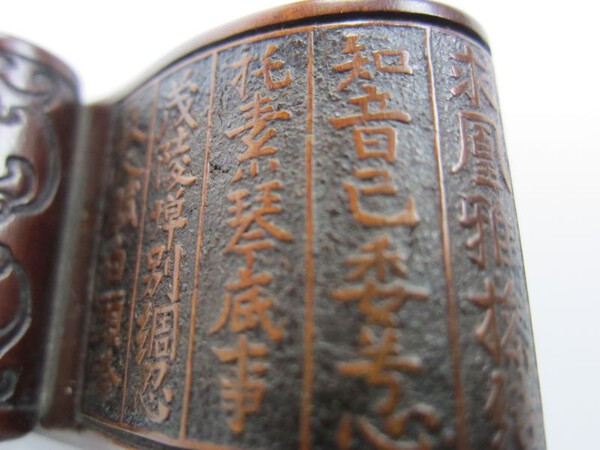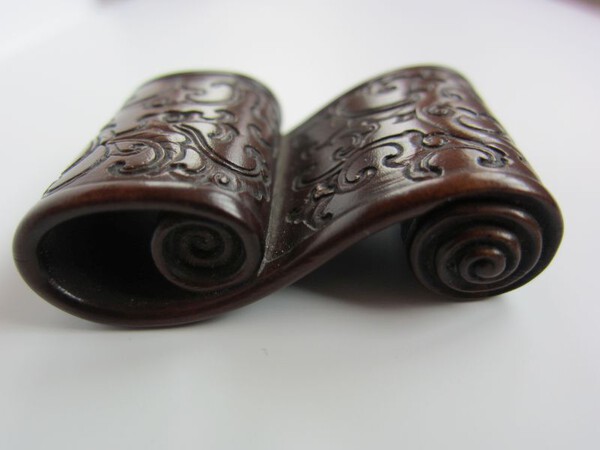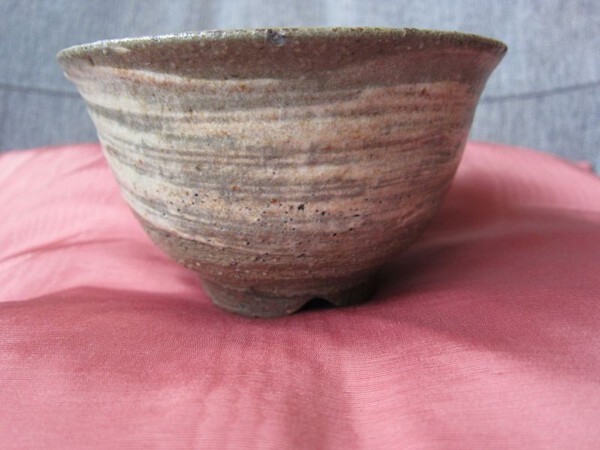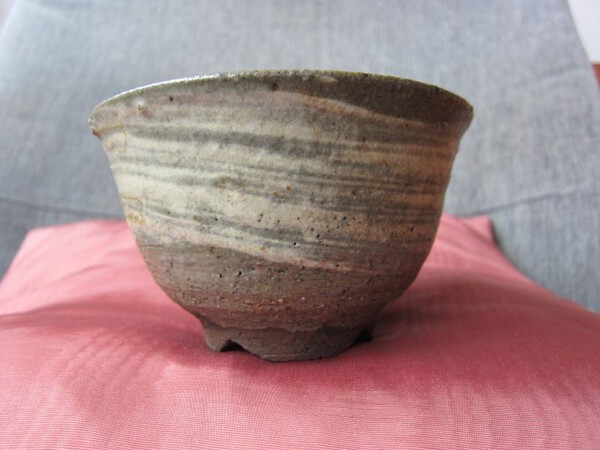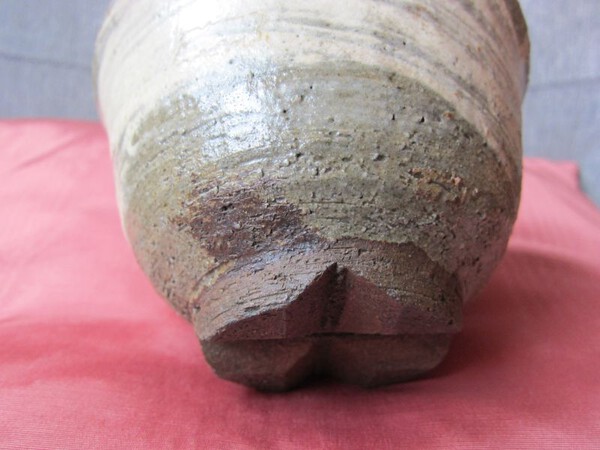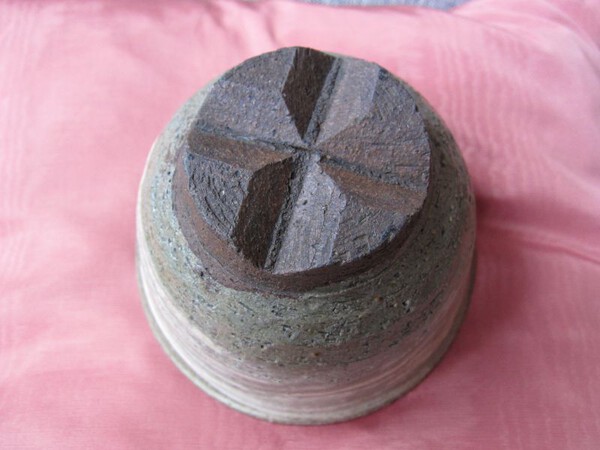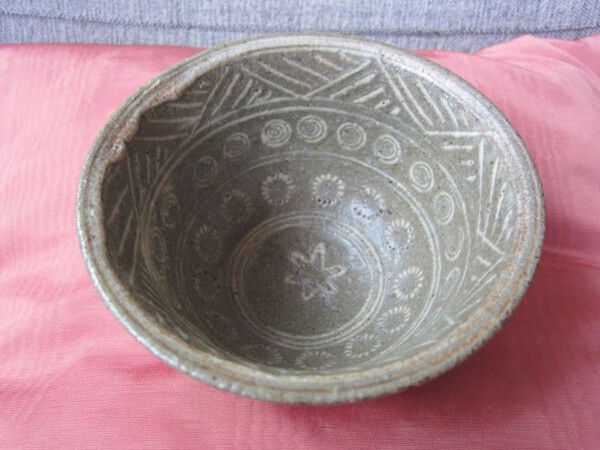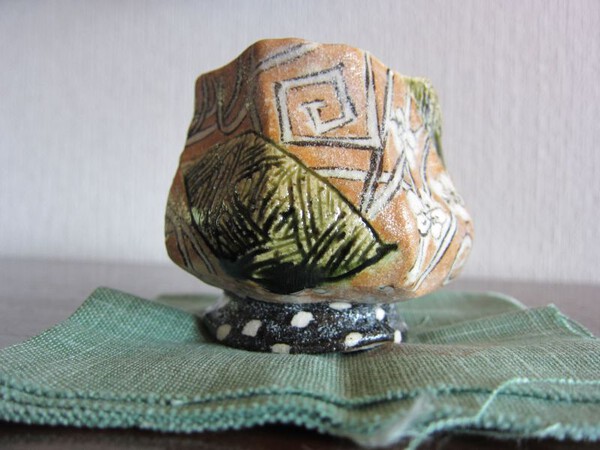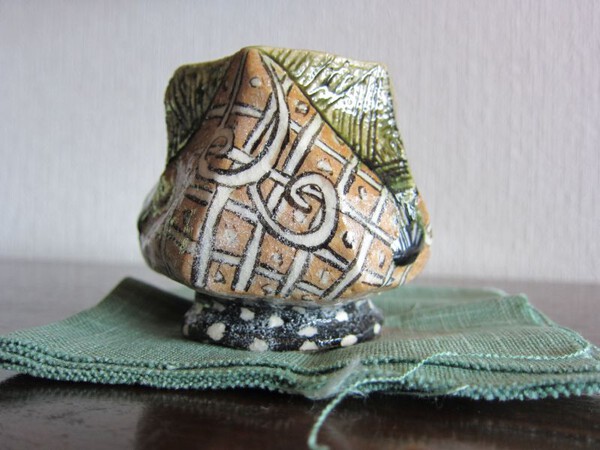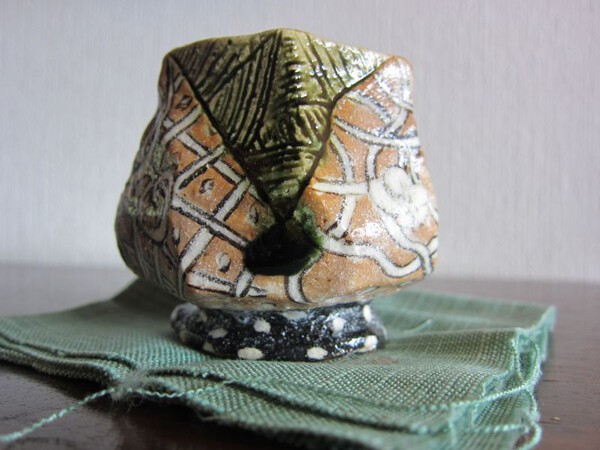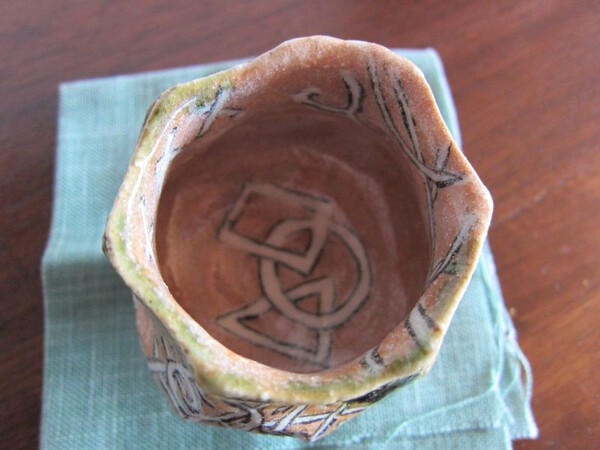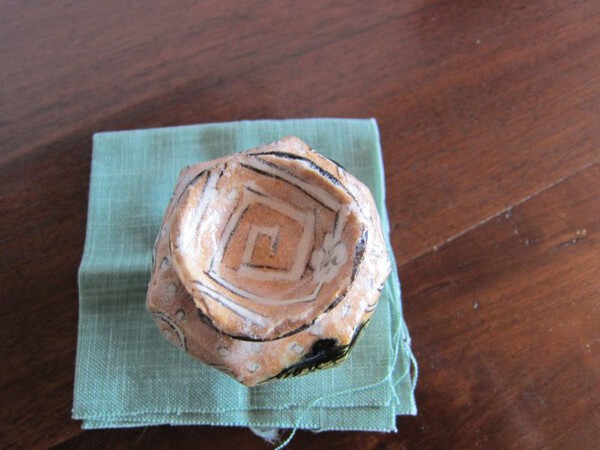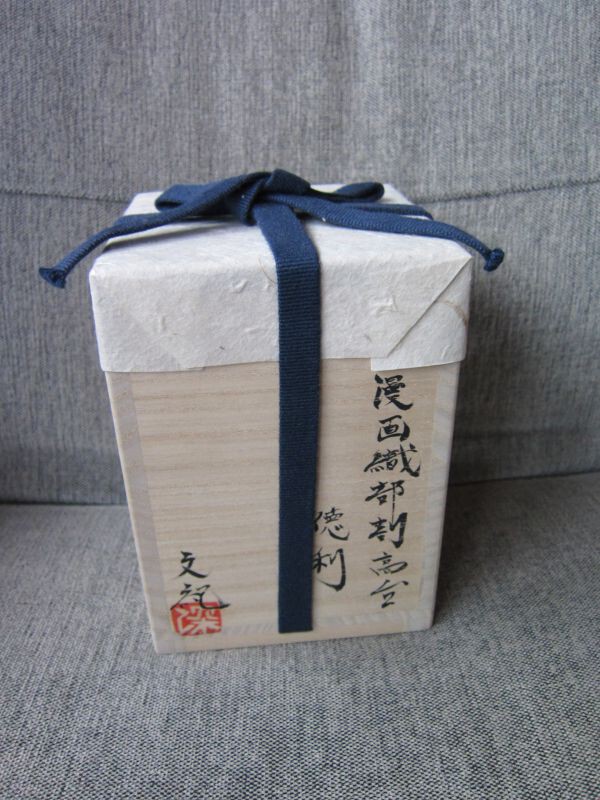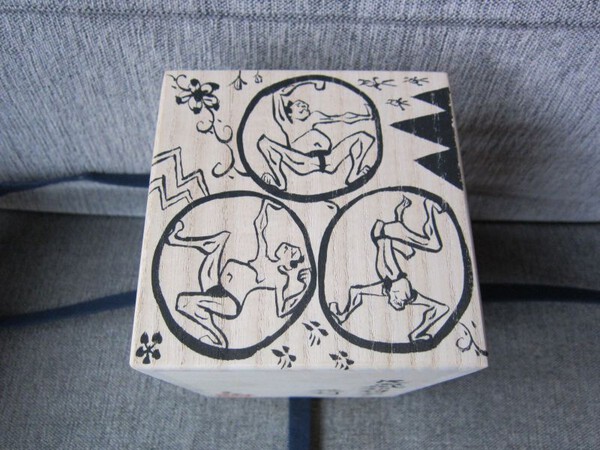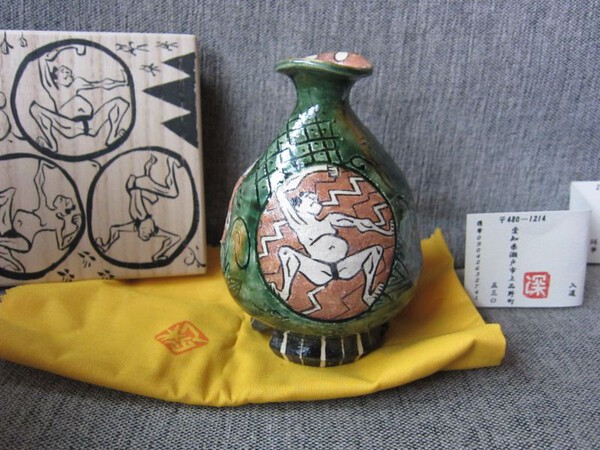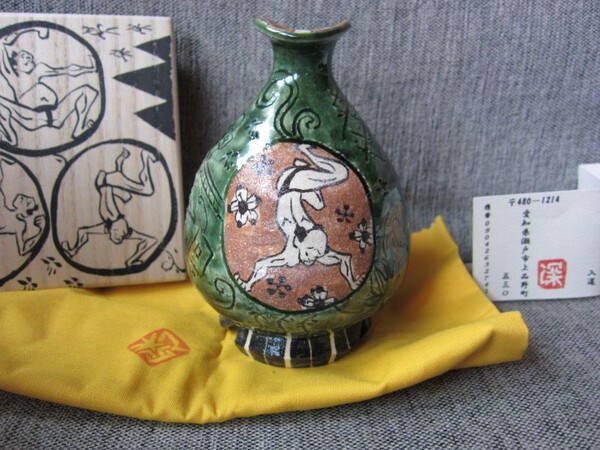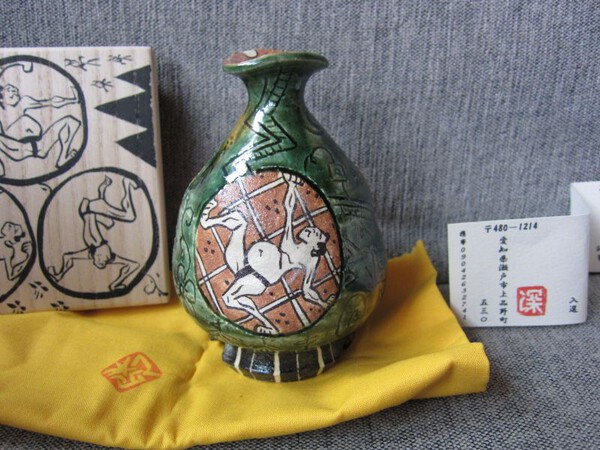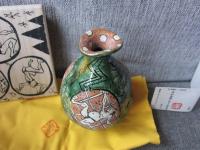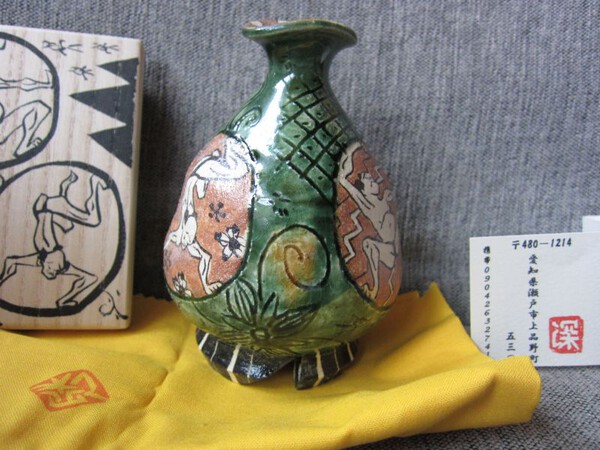-
Posts
168 -
Joined
-
Last visited
-
Days Won
3
Content Type
Profiles
Forums
Events
Store
Downloads
Gallery
Everything posted by Bernard
-
A surimono by Totoya HOKKEI, from his series “Kaizukushi”, a set of 12 shell prints issued by the Fundarika-ren (White Lotus club) in 1821. Interestingly, my print doesn’t include the silver wave in the background, nor the poems written over it, probably because it is a proof print (compare with the “completed” print). Bernard D
-
Thank you, Manuel ! Bernard D
-
Found these two in an old cardboard box. Any information on the artist(s) and/or the themes of these prints ? Bernard D
-
-
Kiyochika : "Braving the bitter cold, our troops set up camp at Yingkou" (1895) http://www.myjapanesehanga.com/home/artists/kiyochika-kobayashi-1847-1915-/braving-the-bitter-cold-our-troops-set-up-camp-at-yingkou Bernard D
-
THE CAPTURE OF KIRA (from the tale of the 47 Ronin) The print on the left is by Katsukawa Shunsho, the print on the right by Kitagawa Hidemaro. Bernard D
-
Utagawa TOYOHARU 歌川豊春: Naka-no-chô in the New Yoshiwara (Shin Yoshiwara Naka-no-chô no zu 和国景跡新吉原中ノ町之図, from the series "Perspective Pictures of Japanese scenes" (Uki-e wakoku keiseki),1770. The print shows a crowd on the Nakanocho Boulevard at night, near the gate to the Shin-Yoshiwara pleasure district of Tokyo, possibly during the lantern festival, with tea houses and shops lining the street. Utagawa TOYOHARU (1735-1814), founder of the Utagawa school, was known for using one-point perspective (Uki-e). He is credited to be the first Japanese artist to master this device to depict outdoor scenes in Ukiyo-e prints and paintings. On the Net, I found two specimens of this print, in the Museum of Fine Arts, Boston and in the Honolulu Museum of Arts. Here is the link to the MFA https://ukiyo-e.org/image/mfa/sc214069 Bernard D
-
Yoshitsune (bottom center) recovering his bow from the sea at the Battle of Yashima http://www.kuniyoshiproject.com/Warrior%20triptychs%201849-1852,%20Part%20I%20(T214-T233).htm (T221) Bernard D
-
-
https://www.nytimes.com/2016/08/18/arts/design/steven-korff-Japanese-ceramics-brooklyn.html https://www.instagram.com/korffsteven/?hl=ja Best, Bernard D.
-

Seto Yaki Cha-Ire Tea Container In A Shifuku Bag
Bernard replied to Robin's topic in Other Japanese Arts
Thanks, Steve ! I appreciate the opinion of a real connoisseur in this field. Bernard D -

Seto Yaki Cha-Ire Tea Container In A Shifuku Bag
Bernard replied to Robin's topic in Other Japanese Arts
-
Several English speaking ceramic galleries introduce some Ichikawa's works from time to time (Kurimoto, Tosei, Tourakuen, Tobetobekusa, Tohgendo, etc...). However, the sake pieces are difficult to catch even for people living in Japan, as they sell very quickly (within hour or even minutes for the best ones). I noticed that some people buy them only to make a profit in selling them on Yahoo JP later. The best way to go is perhaps to try to purchase from his solo exhibitions, where many potteries are available. I have noted that Ichikawa advertise his future solo exhibitions on his Facebook, Tweeter and personal sites. To make a Google search in Japanese : "市川 透". Here is a sake set in céladon. Bernard D.
-
Here are two guinomi crafted by Toru Ichikawa, a Bizen potter born in 1974, who learned pottery under the famous ceramist Ryuichi Kakurezaki from 2011 till 2015. He is now very successful in Japan and his numerous works sell quickly. These guinomi reflect his versatile production, with vivid or subtil colours and rich glazes. As you can see, his work contrasts strongly with the traditional Bizen taste. Bernard D
-
For those of you who read French. http://www.bilan.ch/etienne-dumont/courants-dart/genevela-sphere-celeste-japonaise-vendue-912-000-francs-chez-piguet Bernard D
-
-
An almost identical tsuba (cf. post #8 ) for sale at AOI Art. Bernard D
-
I think that it is boxwood. It is 4.5cm long. Bernard D
-
I don't know if this little makemono (4.5cm X 4cm) is a netsuke or an okimono. All the kanjis (?) are raised. I think that they were carved in "ukibori" technique. Bernard D
-
No potter mark. Purchased from an antiques shop in Geneva in 1956. Bernard D
-
-
-
Thank you Philip for introducing the tomobako. Here is a link to a short video entitled "Tomobako, a brief history of using wooden boxes in Japanese ceramics" : https://www.youtube.com/watch?v=g5E1qlndDI0 ...and some pics of an illustrated tomobako for an Oribe tokkuri (11.5 X 8cm) by Fukami Fuminori, a potter who is also a cartoonist. Bernard D.
-
Lucky Japanese people ! " Tokkuri", "guinomi", "yunomi", "Iga", "Shigaraki"...here is a link to an interesting article dealing with Japanese ceramics terminology : http://www.ceramicstoday.com/articles/japanese_terminology.htm Bernard D
-
Thank you Philip for posting this beautiful sake cup (I love it !) and for the link . Bernard D


